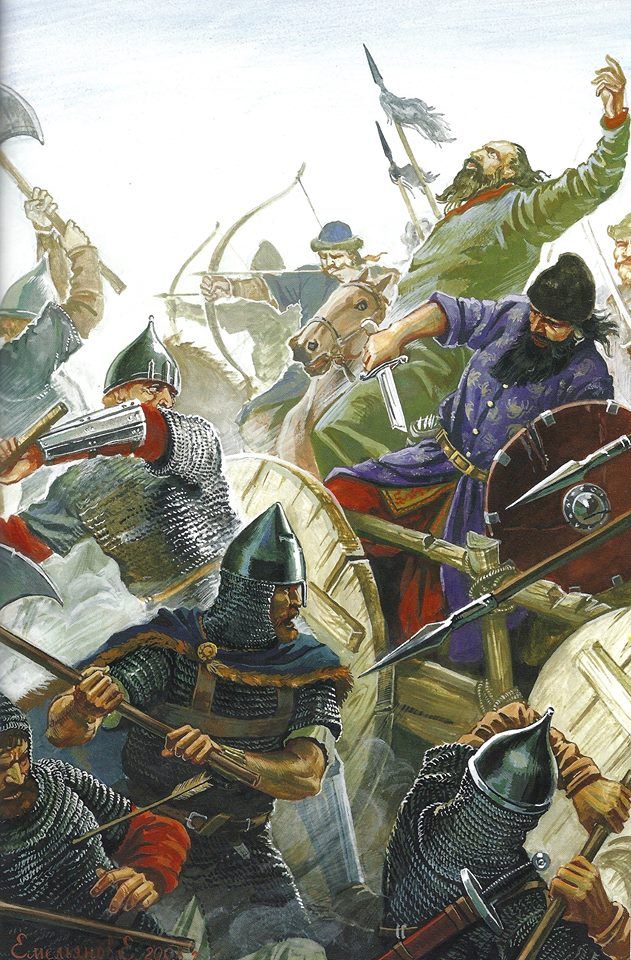
End of Pecheneg threat
Stara Zagora, BulgariaIn 1122, Pechenegs from the Pontic steppes invaded the Byzantine Empire by crossing the Danube frontier into Byzantine territory. According to Michael Angold, it is possible that their invasion took place with the connivance of Vladimir Monomakh (r. 1113–1125), the ruler of Kiev, given that the Pechenegs had once been his auxiliaries. It is recorded that the remnants of the Oghuz and the Pechenegs had been expelled from Russia in 1121. The invasion posed a serious threat to Byzantine control over the northern Balkans. Emperor John II Komnenos of Byzantium, determined to meet the invaders in the field and drive them back, transferred his field army from Asia Minor (where it had been engaged against the Seljuk Turks) to Europe, and prepared to march north.
The Byzantine victory effectively destroyed the Pechenegs as an independent force. For some time, significant communities of Pechenegs remained in Hungary, but eventually the Pechenegs ceased to be a distinct people and were assimilated by neighbouring peoples such as the Bulgarians and Magyars. For the Byzantines, the victory did not immediately lead to peace since the Hungarians attacked Branitshevo, the Byzantine outpost on the Danube, in 1128. Yet, the victory over the Pechenegs, and later the Hungarians, ensured that much of the Balkan peninsula would remain Byzantine, allowing John to concentrate on extending Byzantine power and influence in Asia Minor and the Holy Land.
